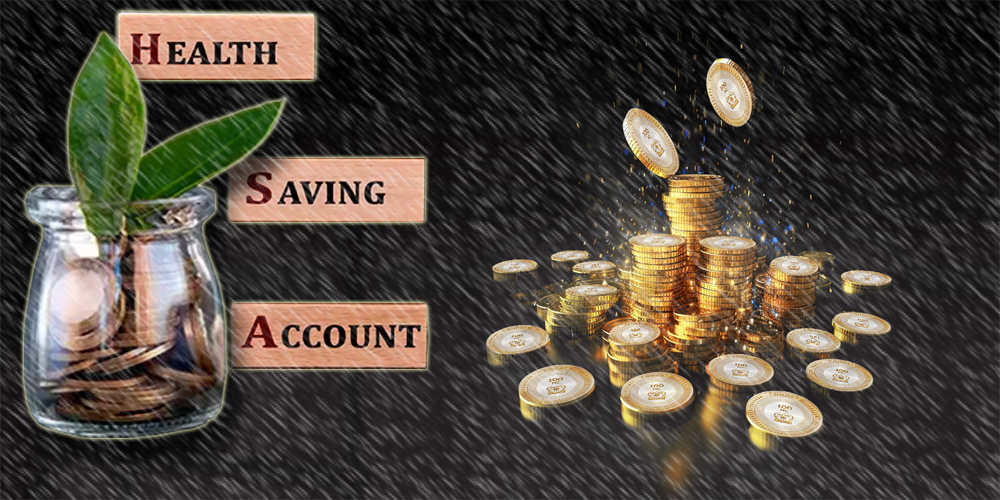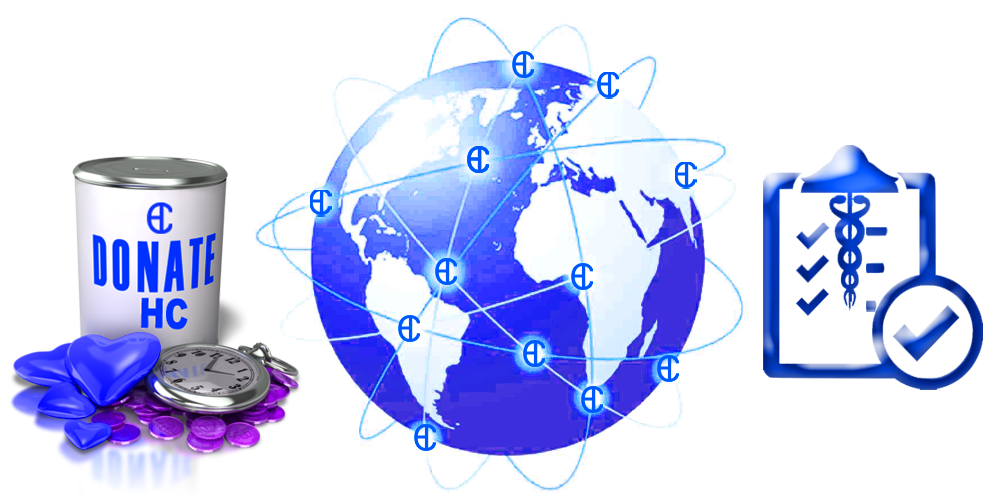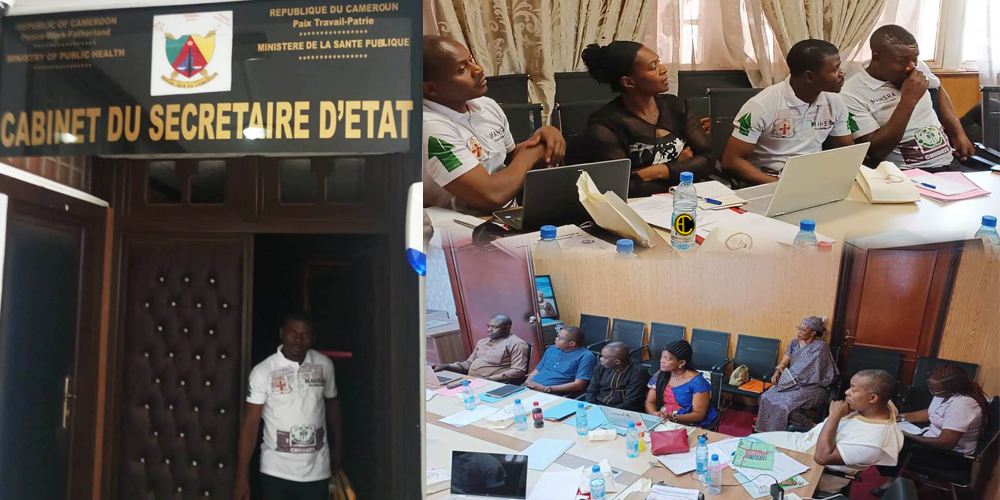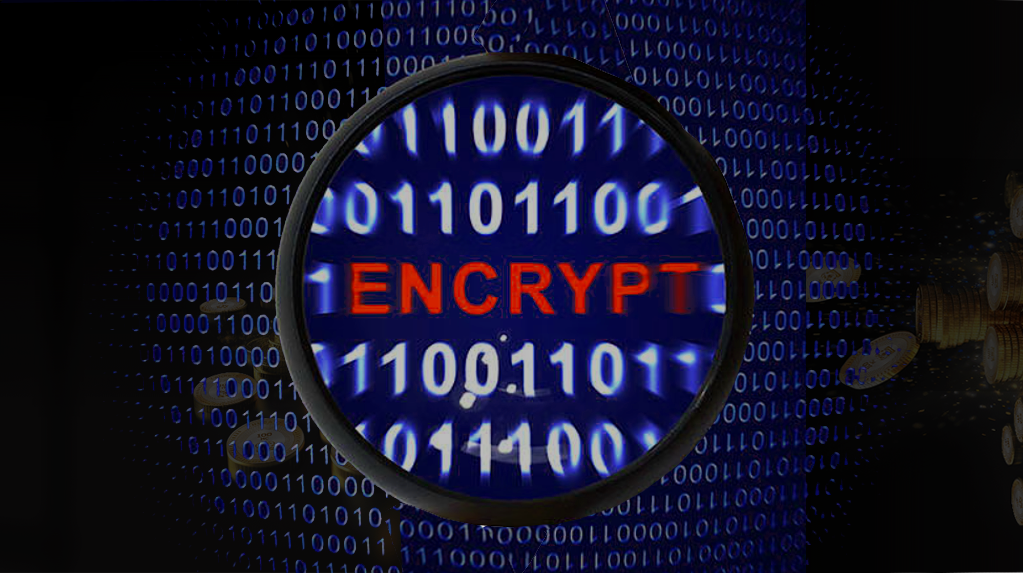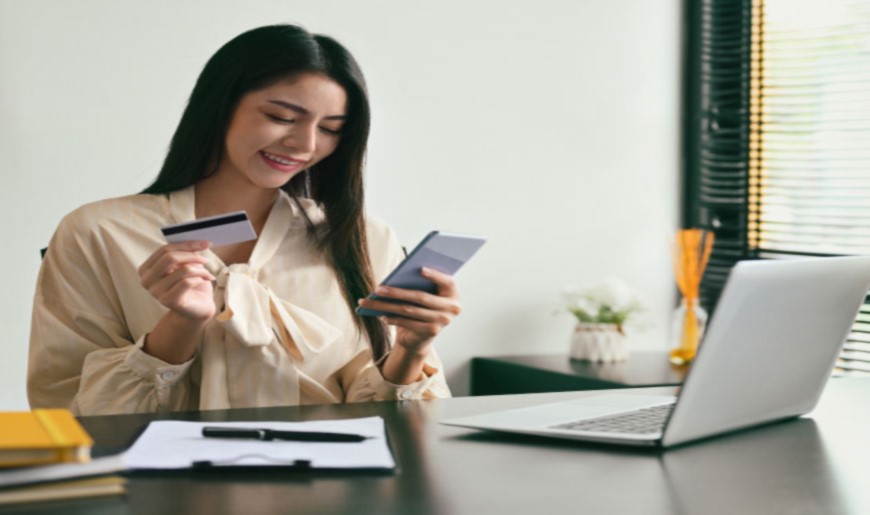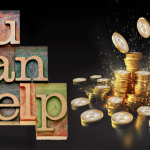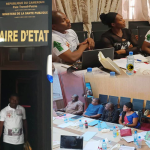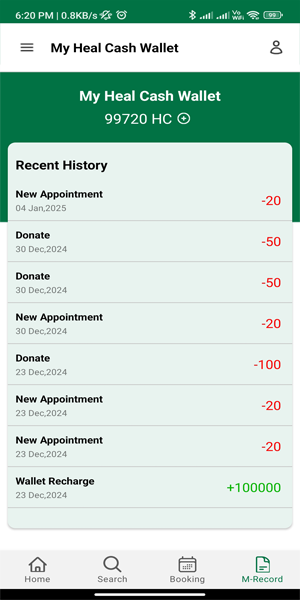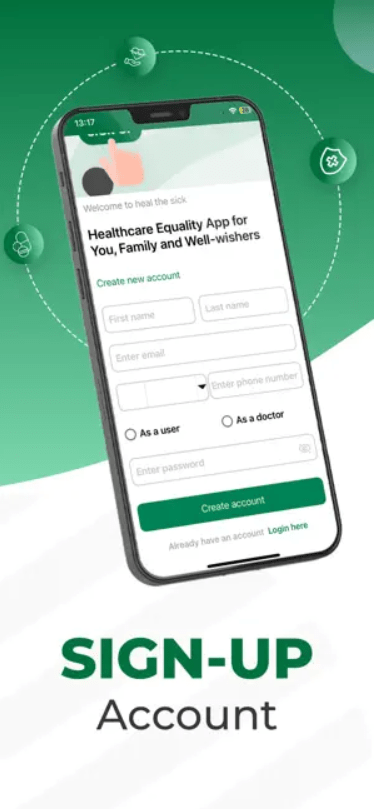Healcoins and Universal Financial Access
CHUDATS Communication TeamCharity, Blogchain, Security, Healthcare, Crypto1 year ago206 Views
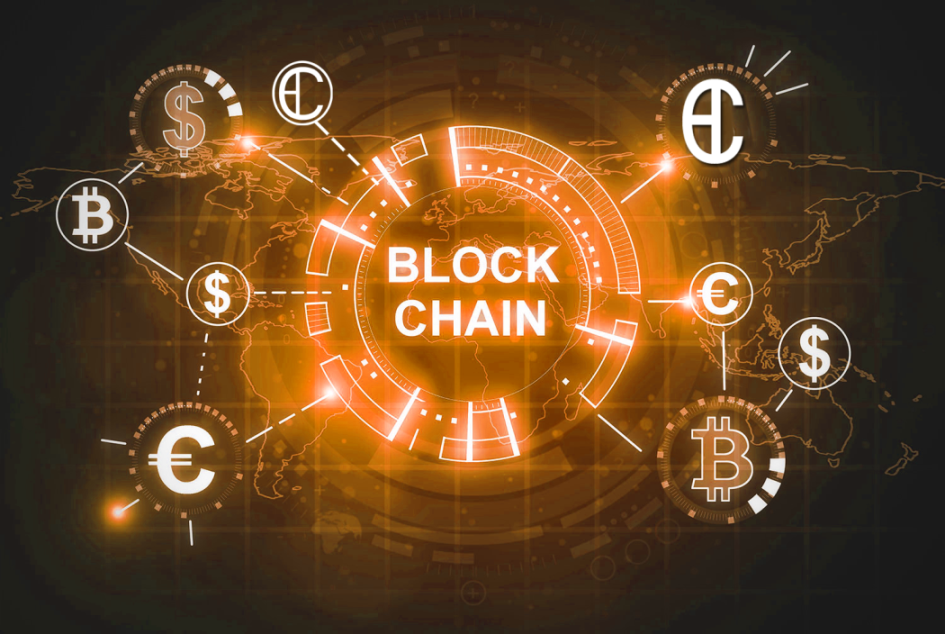
In today’s world, the reality of financial exclusion is still a stark barrier for millions of people, especially in low-income and rural communities. Access to banking or financial services or a universal financial access isn’t just about convenience—it’s about survival and empowerment. It’s about people being able to pay for healthcare, education, and even daily necessities without being weighed down by barriers of location, cost, or trust. This is where the innovative concept of Healcoins, a blockchain-based digital currency tailored for the healthcare sector, comes into play. Healcoins have the potential not only to make healthcare more accessible but also to advance financial access and inclusion globally, especially in underserved communities. Healcoins is the community’s currency, made for all, accessible to all and usable by all without borders nor any ladder limitations.
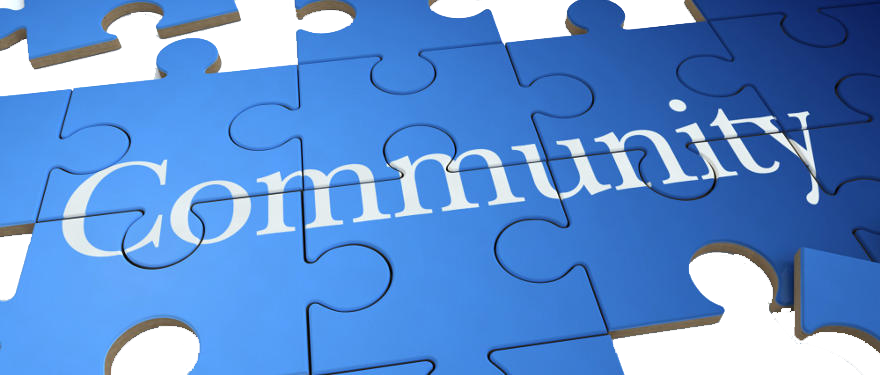
 Healcoins, powered by blockchain technology, offer a compelling solution. As a digital currency, Healcoins eliminate the need for traditional banks, allowing anyone with a smartphone and an internet connection to participate in the financial ecosystem. For healthcare, this means that even individuals in remote areas can access and pay for medical services seamlessly, securely, and at a fraction of the cost of traditional methods.
Unlike traditional banking, where middlemen, currency exchange fees, and slow processes dominate, Healcoins provide a direct line between the user and healthcare providers. Transactions are instantaneous and transparent. And for communities that have been held back by high transaction fees and distrust in formal institutions, Healcoins create a new avenue that’s both trustworthy and efficient.
Healcoins, powered by blockchain technology, offer a compelling solution. As a digital currency, Healcoins eliminate the need for traditional banks, allowing anyone with a smartphone and an internet connection to participate in the financial ecosystem. For healthcare, this means that even individuals in remote areas can access and pay for medical services seamlessly, securely, and at a fraction of the cost of traditional methods.
Unlike traditional banking, where middlemen, currency exchange fees, and slow processes dominate, Healcoins provide a direct line between the user and healthcare providers. Transactions are instantaneous and transparent. And for communities that have been held back by high transaction fees and distrust in formal institutions, Healcoins create a new avenue that’s both trustworthy and efficient.


community’s currency
The Global Financial Access Challenge: A Snapshot
Did you know that, according to the World Bank, around 1.4 billion adults worldwide still don’t have access to banking services? They are primarily in developing regions across Africa, South Asia, and Latin America, and a significant number are in rural communities where financial infrastructure is often limited or non-existent. Without access to banking, these individuals face enormous obstacles in managing their finances, saving for emergencies, or paying for critical services like healthcare. The World Bank also emphasizes that expanding universal financial access could unlock massive economic growth in these areas, providing people with the resources they need to lift themselves out of poverty. But the challenge remains: How do we reach these “unbanked” populations, given the infrastructure constraints, high costs of traditional banking, and risks associated with cash transactions?Enter Healcoins: Digital Currency on the Blockchain

Blockchain currencies
How Healcoins Can Enhance Universal Financial Access
1) Reducing Barriers and Boosting Accessibility
With Healcoins, the financial barrier in healthcare becomes drastically lower. Since blockchain transactions generally involve minimal fees compared to traditional bank transfers or credit card payments, the cost of using Healcoins is affordable, even for individuals who earn daily wages. For instance, while international remittances often charge fees as high as 7%, blockchain fees for Healcoins transactions are typically a fraction of that, making healthcare access far more affordable. Consider this: in Sub-Saharan Africa, over 60% of people lack access to formal financial services, according to the World Bank. Yet, a high percentage of the population has access to a mobile phone. Healcoins can tap into this mobile-first environment, offering a digital wallet system where people can send, receive, and save their Healcoins with ease. This directly translates to better financial access for healthcare payments, empowering individuals to manage their healthcare expenses independently.2) Building Trust Through Transparency
A huge part of why financial exclusion persists is a lack of trust in formal financial institutions. Many people have seen money mishandled, high-interest loans given recklessly, or charity funds misused. Healcoins, with their foundation on blockchain technology, tackle this problem head-on by making every transaction traceable and immutable. In practice, this means that every Healcoin used for healthcare—whether as a payment, donation, or funding for medical aid—can be traced from sender to receiver. This transparency builds trust, not only between patients and healthcare providers but also between donors and recipients in health-related charities. People are more willing to participate in a financial system when they can see exactly where their money goes and how it’s spent.3) Case in Point: Supporting Healthcare Access in Remote Areas
Imagine a rural community in Kenya or India where banks are hours away, and healthcare costs are often out of reach for local families. Here, Healcoins can be a lifeline. Instead of dealing with cumbersome cash handling, people can make digital payments to local health workers or clinics that accept Healcoins, ensuring quick and reliable access to medical services. For instance, in disaster-hit areas where traditional banking services may be disrupted, Healcoins offer a swift, digital alternative for aid distribution. Organizations can transfer Healcoins directly to community health centers, bypassing the delays of traditional wire transfers. And in crisis zones, where every minute matters, this can mean the difference between life and death.4) Addressing Fraud and Security Concerns
Financial access is not just about having a bank account but also ensuring that the system is secure. One of the key reasons why financial inclusion lags in many areas is the prevalence of fraud and corruption. Such make people hesitant to trust digital transactions. Healcoins address this concern by using blockchain’s built-in security features. Each transaction is recorded in an unchangeable ledger, meaning that it’s immune to tampering. For charities, this is a game-changer. Donations can be made via Healcoins, tracked in real-time, and verified by both donors and recipients. According to a survey by Charity Navigator, 78% of donors are more likely to contribute when they can see real-time updates on their donations’ impact. With Healcoins, donors can finally have peace of mind, knowing their funds are reaching the intended cause without being siphoned off along the way.5) Expanding Opportunities with Integration into Health Platforms
Healcoins don’t operate in isolation. By integrating with health management platforms like CHUDATS (Community Health Unit Database and Tracking System), Healcoins extend their functionality. Not only can people use them for payments, but they can also manage health records, book appointments, and even receive health-related updates and information. Imagine someone in rural Ghana who may not have a bank account but does have access to a CHUDATS-supported clinics or other health facilities. Through this integrated system, they can use Healcoins to pay for healthcare, enabling more streamlined and comprehensive access to health services. And for those in remote or conflict-stricken areas, this is the first step toward achieving universal health access.Building Toward a Financially Inclusive Future
Healcoins represent a transformative opportunity in the pursuit of universal financial access, especially for healthcare. By sidestepping the obstacles posed by traditional banking, Healcoins offer a simple, direct way for individuals worldwide to participate in a transparent, efficient, and equitable financial system. For anyone who’s ever experienced the frustration of inaccessible healthcare, the promise of Healcoins is deeply personal. It’s about building a world where everyone, regardless of income or location, can receive the care they need when they need it. And with Healcoins paving the way, we’re moving closer to a future where universal financial access is not just a goal, but a reality.
HC denominations
Related Posts
Stay Informed With the Latest & Most Important News
Previous Post
Next Post
Previous Post
Next Post
Recent Posts
- Healcoins & Healthcare Savings: A Perfect Plan for Future Medical Expenses
- How Healcoins Promote Universal Financial Access
- Healcoins and Charitable Giving Towards Global Health Initiatives
- How Governments can leverage Healcoins for National Health Systems
- Are my health coins safe? (Healcoins Security Concerns)
Archives
Categories
Donations
Deal Of The Month
Stay Informed With the Latest & Most Important HC News
Categories
Loading Next Post...


